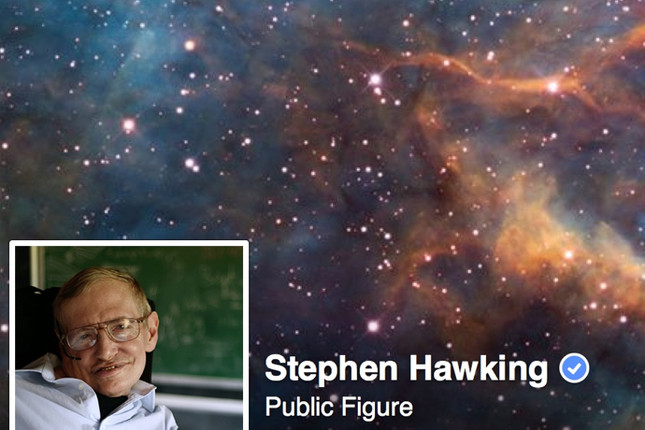I’ve written before that every band Eric Clapton’s been involved with could rightfully be called a supergroup. But for my money, there’s only one worthy of the name, and that’s Cream. Since forming a deep attachment to the psychedelic power trio from a young age, I’ve found it especially irksome to see them sometimes billed as “Eric Clapton and Cream.” Drummer Ginger Baker and bassist/singer Jack Bruce are at least as—if not more—talented and interesting as musicians. But though Baker has long been celebrated, though mostly from a safe distance, Bruce, in my opinion, is almost criminally underrated. That may change as tributes and reappraisals pour in after his passing of liver disease this past Saturday at age 71.
We’re likely to hear more Cream than usual, at least, which is never a bad thing. What you may not hear casually is Bruce’s playing in his later years. Like many rock stars of his era, including his Cream bandmates, he never really stopped. But unlike some musicians from the 60s, he only got better with age, adapting his jazz and blues chops to modern takes on the psych rock he helped invent. Not a flashy player, Bruce’s style is characterized by emotive power and a near perfect synthesis of the rhythmic and the melodic. Key to his style is the walking bassline like that on “White Room,” from Cream’s third record, 1968’s double album Wheels of Fire. He plays ‘em literally walking around, or rather strutting. In the video above, see Bruce pull out an amazing solo during a performance of “White Room” at an event called Hippie Fest in 2008.
The festival also featured legends Eric Burdon and the Animals and the Turtles but I can only imagine Bruce left the strongest impression on audience members who’d seen him in his prime and those who hadn’t. Watch him rip through another intense solo above in “Sunshine of Your Love,” followed by a blues number recorded earlier in the day at the same concert. Although most of Cream’s lyrics were written by poet and “unofficial fourth member” Pete Brown, the music was mostly Bruce. His range of influences was wide, and his willingness to follow them wherever they led, adventurous. David Fricke at Rolling Stone has a playlist of Bruce’s top ten “Deep Tracks,” including one from early 60s outfit The Graham Bond Organization—which also featured Ginger Baker and virtuoso jazz guitarist John McLaughlin—and several of Bruce’s solo tunes. “If you only know Cream,” writes Fricke in appreciation of Bruce’s versatility,” then stray far, every way you can—as he did.” It’s good advice.
Related Content:
Paul McCartney Offers a Short Tutorial on How to Play the Bass Guitar
The Story of the Bass: New Video Gives Us 500 Years of Music History in 8 Minutes
100 Great Bass Riffs Played in One Epic Take: Covers 60 Years of Rock, Jazz and R&B
Jazz Legend Jaco Pastorius Gives a 90 Minute Bass Lesson and Plays Live in Montreal (1982)
Josh Jones is a writer and musician based in Durham, NC. Follow him at @jdmagness.



